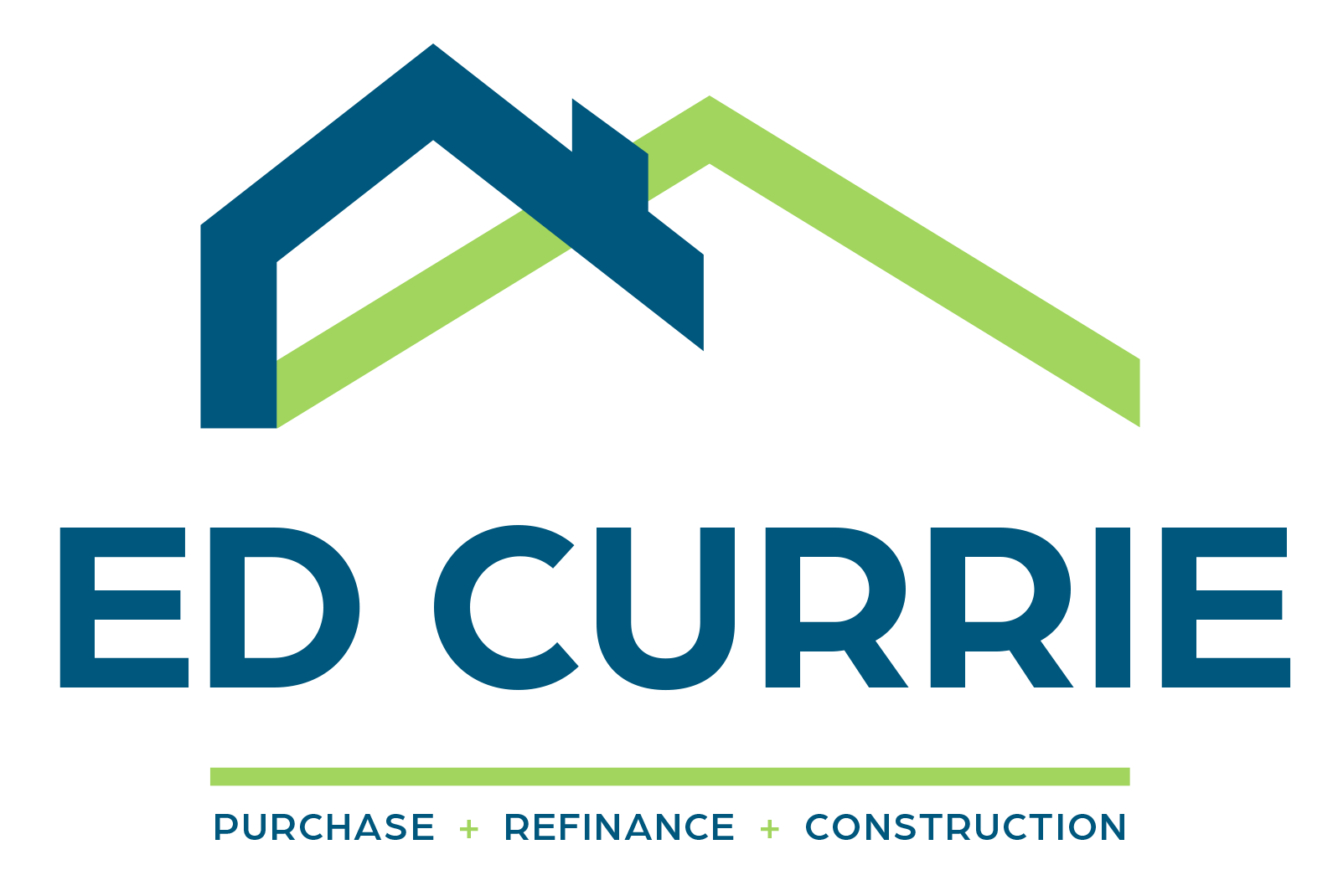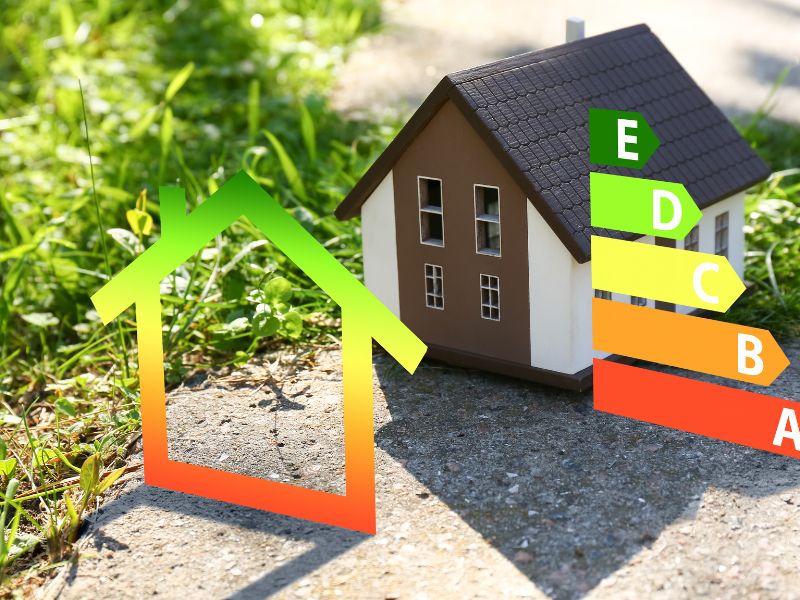 As climate change continues to bring about extreme weather events and shifting environmental conditions, there is a growing focus on climate-resilient construction. Builders, homeowners, and lenders are increasingly prioritizing homes and buildings designed to withstand the impacts of floods, hurricanes, wildfires, and other environmental challenges. But how does this affect construction loans? In this blog, we’ll explore how climate-resilient construction is influencing loan structures and what it means for homeowners and builders looking to secure financing for climate-conscious building projects.
As climate change continues to bring about extreme weather events and shifting environmental conditions, there is a growing focus on climate-resilient construction. Builders, homeowners, and lenders are increasingly prioritizing homes and buildings designed to withstand the impacts of floods, hurricanes, wildfires, and other environmental challenges. But how does this affect construction loans? In this blog, we’ll explore how climate-resilient construction is influencing loan structures and what it means for homeowners and builders looking to secure financing for climate-conscious building projects.
What is Climate-Resilient Construction?
Climate-resilient construction refers to building practices that aim to reduce the risk of damage caused by extreme weather or environmental conditions. This type of construction integrates materials, designs, and techniques that make buildings more durable and capable of withstanding various climate-related stressors. Some examples of climate-resilient features include:
- Flood-resistant foundations and elevated homes in flood-prone areas
- Fire-resistant materials for homes in wildfire-prone regions
- Wind-resistant construction for buildings in hurricane-prone zones
- Energy-efficient systems such as solar panels or storm-resistant windows
While the upfront cost of building with these materials and techniques can be higher, the long-term savings and reduced risk of damage often make climate-resilient homes a smart investment.
How Climate-Resilient Construction Impacts Loan Structures
The increasing importance of climate-resilient construction is having a significant impact on how construction loans are structured and assessed by lenders. Here are a few key ways climate resilience is influencing the loan process:
- Higher Initial Costs and Financing Needs
Building a climate-resilient home often requires specialized materials, advanced technology, and custom designs. For instance, using hurricane-resistant windows, flood barriers, or fireproof roofing materials can increase construction costs. As a result, homeowners and builders may need to borrow more than initially anticipated to cover these additional expenses.
For those taking out a construction loan, this means that lenders will need to adjust loan amounts based on the anticipated higher costs of resilient construction. Lenders will often work closely with borrowers to assess the full scope of the project, including the inclusion of climate-resilient features, to ensure adequate financing.
- Long-Term Financial Benefits Impacting Loan Terms
Although building a climate-resilient home can be more expensive upfront, the long-term benefits are often significant. These homes tend to be more energy-efficient, require less frequent maintenance, and have a lower risk of severe damage during extreme weather events. As a result, the potential for reduced insurance premiums and maintenance costs can make these homes a more stable investment.
Some lenders may take these long-term savings into account when structuring the loan. For instance, lower insurance costs could be factored into the borrower’s debt-to-income ratio or used to offset higher monthly payments. Similarly, some construction loan products may offer more favorable terms for homes built with climate-resilient features, as they are viewed as less risky from a lender’s perspective.
- Increased Focus on Property Valuation
Property valuation is a critical aspect of construction loans, and the inclusion of climate-resilient features can impact how the property is valued by appraisers. Homes with advanced climate-resilient technologies and features may have a higher appraised value due to their increased durability and long-term cost savings. Lenders may be willing to offer more favorable loan terms or higher loan amounts if the property is appraised at a higher value, which is common in cases where climate resilience is factored into the building’s overall design.
- Potential for Green Financing Options
As demand for sustainable and climate-resilient construction rises, many lenders are offering specialized financing options for “green” or eco-friendly building projects. These loans, often referred to as “green mortgages” or “energy-efficient loans,” are designed to incentivize climate-conscious building practices by offering reduced interest rates or other benefits.
These types of loans are structured to reward borrowers who invest in energy-efficient systems, renewable energy sources, or climate-resilient materials. If you are planning to incorporate such features into your construction project, be sure to ask your lender about the availability of these green financing options, as they can significantly improve the financial terms of your loan.
- Risk Mitigation for Lenders
Lenders are increasingly recognizing the long-term value of climate-resilient construction, as homes built to withstand extreme weather or environmental stressors are less likely to suffer catastrophic damage. By financing projects with climate-resilient features, lenders can mitigate the risks associated with extreme weather events and reduce the likelihood of loan defaults due to property damage.
As a result, lenders may offer more favorable loan terms, such as lower interest rates or higher loan-to-value ratios, for projects that incorporate climate-resilient designs. This can make financing more accessible for homeowners and builders who prioritize sustainability and risk reduction.
The Future of Climate-Resilient Construction and Loan Structures
As climate change continues to reshape the building landscape, it is expected that climate-resilient construction will become a standard expectation for new homes and renovations. This shift will likely drive further innovation in construction financing, with more lenders offering specialized loan products to support sustainable and resilient building practices.
Additionally, as government regulations around environmental standards become stricter, climate-resilient homes may become more common, and the cost of construction may come down as these features become more mainstream. As a result, homeowners and builders who prioritize climate resilience will be in a better position to secure favorable loan terms and financial assistance.
Climate-resilient construction is transforming the way we approach home building, and its impact on loan structures is becoming increasingly significant. As homeowners and builders look to incorporate sustainable and disaster-resistant features into their homes, lenders are adjusting their loan offerings to meet these needs. By understanding how climate resilience affects your financing options, you can ensure that your construction loan is structured to suit your project’s needs and long-term goals.
At Ed Currie Mortgage, we understand the importance of financing climate-resilient homes and are committed to helping you navigate the complexities of construction loans. Contact us today to learn more about how we can support your sustainable building project.




![EdCurrie_Logo White[Transparent] EdCurrie_Logo White[Transparent]](https://edcurrie.com/wp-content/uploads/elementor/thumbs/EdCurrie_Logo-WhiteTransparent-qybu3sjgpfhje9098uitv7fpt7os2hgn52gfy6ocx4.png)